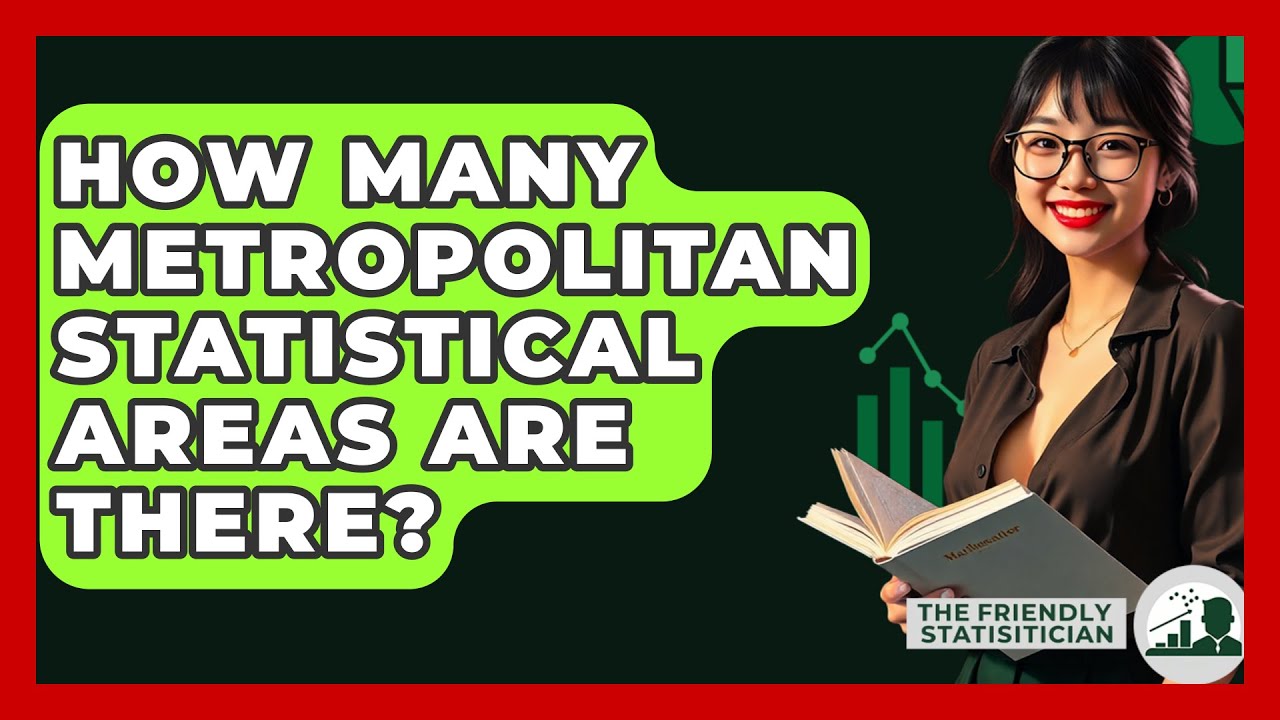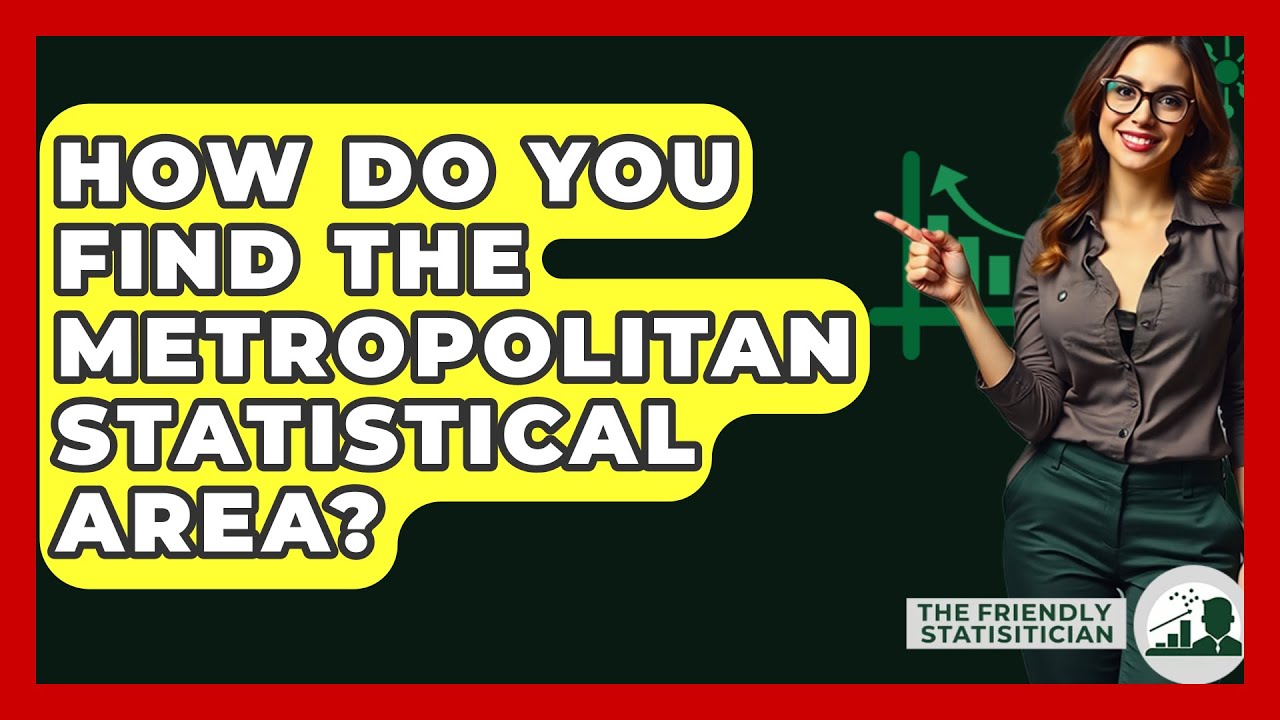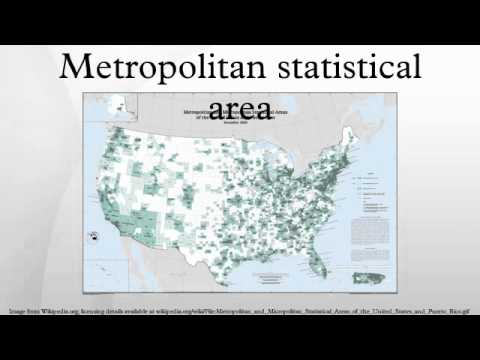Metropolitan Statistical Areas (MSAs) are essential for grasping urban growth, economic vitality, and demographic shifts in the United States. Defined by the U.S. Office of Management and Budget, these regions offer valuable insights into housing trends, job opportunities, and community development. As we dive into 2026, it’s crucial to understand the dynamics of these metropolitan statistical areas to make informed decisions whether you’re buying your first home or looking to invest.
Understanding Metropolitan Statistical Area Dynamics
In today’s world, the metropolitan statistical area serves as a bellwether for economic and demographic changes. They attract people looking for jobs, amenities, and a higher quality of life. The continuous flow of economic activities in these areas contributes to their popular appeal among first-time homebuyers and seasoned investors.
Housing trends within MSAs reflect the area’s economic conditions. For example, transit-oriented developments are attracting young professionals who prefer living close to their workplaces. Consequently, understanding these dynamics can help buyers make savvy choices about where to put down roots.
Moreover, these regions are rich with diverse options. Buyers can find anything from luxurious condos in urban zones to quaint family homes in outlying suburbs. Whether you’re eyeing the Atlanta Metropolitan Area for job opportunities or considering the charm of the Chicago Metropolitan Area, knowing how each locale operates can significantly impact your home-buying journey.

Top 7 Metropolitan Statistical Areas Driving Growth in 2026
1. Atlanta Metropolitan Area
The Atlanta Metropolitan Area has become a hub for diverse industries, including film, technology, and logistics. According to the 2020 Census, the population surged by over 10% in the last decade, making it an attractive destination for homebuyers. Major companies like Delta Air Lines and Coca-Cola are cornerstones of the local economy, providing job security that appeals to many.
Notably, neighborhoods such as Buckhead and Decatur are witnessing transformative growth with new restaurants, shops, and parks popping up. This vibrant mix enriches urban living, making it a hot spot for those craving an active lifestyle. But despite the allure, be mindful of evolving housing prices as demand continues to rise.
2. Chicago Metropolitan Area
The Chicago Metropolitan Area, known for its iconic skyline, is navigating a resurgence in urban living as of 2026. Areas like the Fulton Market and West Loop are freshly revitalized, drawing young professionals eager for an urban lifestyle. This dynamic housing market balances new condo projects with historic single-family homes, catering to a wide variety of buyers, especially first-timers.
However, don’t overlook challenges such as high property taxes and ongoing equity issues in certain neighborhoods. Given these complexities, potential homebuyers should remain vigilant and consult reliable resources to navigate this multifaceted market effectively.
3. Austin City Limits
Famous for its vibrant music scene and tech-savvy culture, Austin City Limits has cemented itself as one of the most desirable MSAs. In 2026, it’s seeing an explosive population increase of about 5% annually, fueled by major tech giants like Apple and Tesla establishing local bases.
Neighborhoods like East Austin reflect a seamless blend of traditional homes and modern living spaces, but affordability is rapidly becoming a concern. Prices are climbing, making it essential for buyers to act quickly and consider long-term financial implications when investing in this popular market.
4. San Francisco Bay Area
The San Francisco Bay Area continues to be a magnet for entrepreneurship and tech innovation. Remote working trends from the pandemic have spurred increased competition for housing, especially in suburban regions from Marin County to Oakland. Investors who adapt to shifting preferences for spacious homes with outdoor areas stand to benefit significantly.
However, the cost of living remains a pressing issue for potential homebuyers. With prices frequently hitting new records, it’s vital to have a solid strategy in place. Consulting local housing resources can provide clarity in navigating the complexities of this competitive market.
5. Phoenix Metropolitan Area
The Phoenix Metropolitan Area is gaining traction for its favorable real estate landscape. Cities like Mesa and Gilbert are booming, with new construction projects complementing a diverse housing market. Those in search of affordable housing and year-round sunshine are flocking to this oasis, making it ripe for both first-time buyers and seasoned investors.
As development continues to flourish, new retail spaces are appearing, enhancing the suburban experience even further. Buyers should keep their eyes peeled for upcoming neighborhoods, as opportunities may abound in what’s become an attractive alternative to pricier California markets.
6. Seattle-Tacoma-Bellevue Metropolitan Area
Driving much of the housing demand in the Seattle-Tacoma-Bellevue Metropolitan Area are major tech companies like Amazon and Microsoft. However, the city has encountered challenges, including skyrocketing living expenses and a shortage of affordable housing options.
In light of these obstacles, suburbs like Tacoma are becoming promising alternatives. First-time buyers priced out of Seattle are discovering the appeal of these areas, leading to increased demand for homes that offer both value and accessibility to urban employment hubs.
7. Orlando Metropolitan Area
Finally, the Orlando Metropolitan Area is diversifying its economic landscape beyond theme parks. Growth in sectors such as health care and technology is attracting newcomers, bolstering housing demands in neighborhoods like Winter Park and Lake Nona.
With a significant influx of renters and retirees seeking warm weather, the housing market is thriving. Investors looking for opportunities in a growing market should consider Orlando as a hotspot, especially in communities projected to expand further in the coming years.

Key Trends Shaping Metropolitan Statistical Areas in 2026
As we progress through 2026, several key trends are shaping metropolitan statistical areas that potential homebuyers and investors should be aware of:
In today’s real estate scene, staying informed about metropolitan statistical areas is key. By understanding these vital dynamics, homebuyers and investors can align their purchases with personal and financial goals. With the right insights, navigating the exciting and ever-changing world of MSAs can lead to rewarding homeownership experiences. Whether you’re searching for that perfect abode in Lake Jackson or considering investing in Bowling Green, Kentucky, knowledge is your best ally. Don’t forget to check out resources like Zillow Louisville KY or specific neighborhood guides for tailored insights as you embark on your home-buying journey!
Metropolitan Statistical Area Highlights You Must Know
What Makes a Metropolitan Statistical Area Special?
Metropolitan Statistical Areas (MSAs) bring together big cities with surrounding suburbs, creating hubs of culture, economy, and education. Did you know that MSAs can help you gauge market trends when buying a home? For instance, what’s popular in one MSA can differ greatly from another. Take Bowling Green, Kentucky, for instance; it’s known for its vibrant communities and affordable living, ideal if you’re hunting for your first home! The housing market here can show you the difference a few miles can make in pricing, as suburban space often comes with a price tag that’s much gentler than the city center.
Also, think about how diverse an MSA can be. Places like San Marco in Jacksonville, Florida, showcase a blend of culture and lifestyle, making it a prime spot for families and young professionals alike to settle down. With so many neighborhoods within each metropolitan statistical area, it’s no wonder that home buyers look to MSAs to understand where the best investment opportunities lie. Understanding your potential return on investment when purchasing in a vibrant MSA can make all the difference in securing your financial future.
Fun Facts About MSAs
Here’s a nugget that might tickle your fancy! Metropolitan Statistical Areas have been around since the mid-20th century, often evolving to reflect the changing landscape of America. An intriguing fact is that some MSAs, like those surrounding vibrant arts districts, can really boost community pride and draw people in. Think of this: MSA networks can even impact local businesses like el Charrito taco stands that thrive with traffic from neighboring areas. The more a region develops, the more it attracts both residents and shoppers, further driving economic growth.
Lastly, where you settle can influence your lifestyle. If you’re a reality TV fan, you may catch the latest buzz about stars like Hannah from Love Island USA Season 6, which often spotlights trendy urban locales, many of which fall within MSAs. These cultural hotspots not only foster entertainment options but can also indicate safe and lively neighborhoods for potential homebuyers. Each MSA thus serves as a microcosm, waiting to reveal the many hidden gems you’ll want to explore while making a home choice. So next time you’re looking to buy, remember the importance of that metropolitan statistical area—it’s more than just a point on a map; it’s your ticket to the lifestyle you dream of!





